About us
Icon Care of Collections Group brings together all conservators as well as external professionals such as curators, archivists and architects
View moreIcon Care of Collections Group brings together all conservators as well as external professionals such as curators, archivists and architects
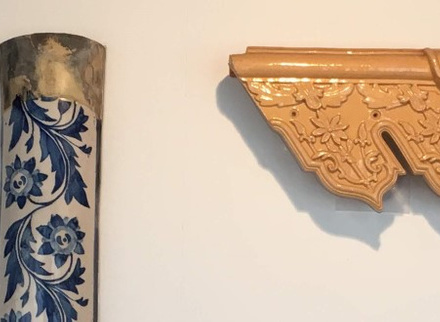
Icon Care of Collections Group brings together all conservators as well as external professionals such as curators, archivists and architects
View more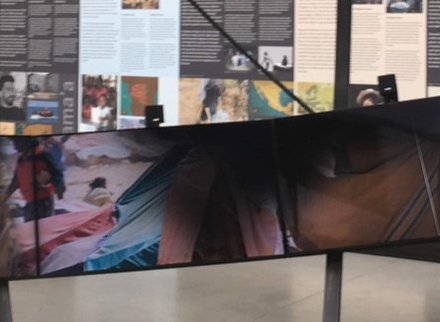
The CCG Committee have worked in a wide variety of roles for both institutions and in private practice in historic houses, museums, and libraries and on archaeological sites
View more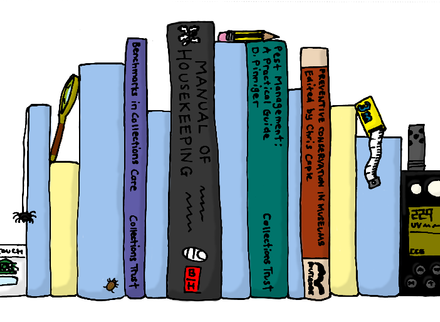
A virtual bookshelf of useful resources for the care of collections
View more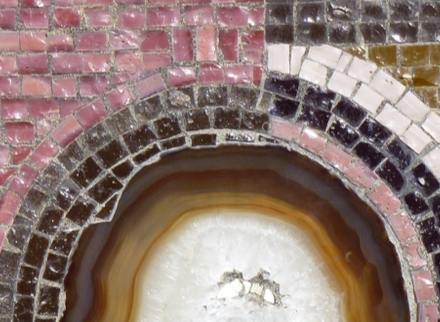
Abstracts from the Icon Care of Collections Group's conference held on 9 January 2015 at Hampton Court Palace
View more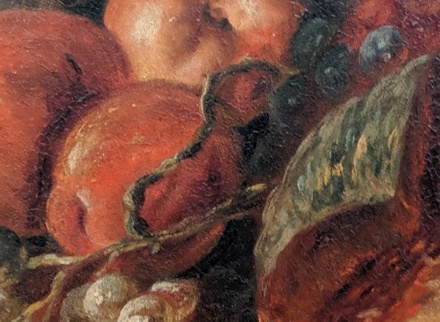
Upcoming meetings and committee documents - access for group members only
View more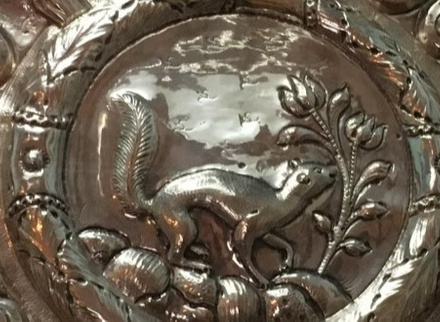
A new video from the Icon Care of Collections Group provides simple advice and tips for caring for a variety of household objects and materials
View moreSpencer & Fry are a team of highly qualified and skilled Icon Accredited preventive conservation experts and filming conservators with over 80 years collective experience. Working in partnership with heritage organisations, museums, galleries, historic houses and stately homes, we are committed to caring for collections whilst also understanding the desire to share historic spaces with a wider audience through opening to the public, events, exhibitions or as filming locations.
Share this page